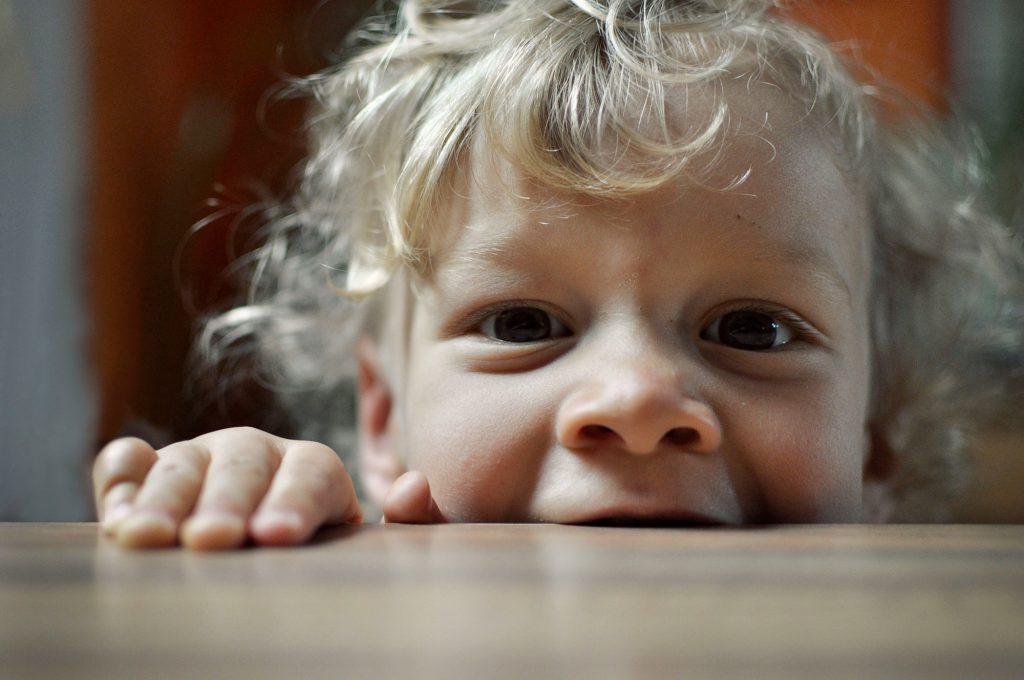
You’re at the park, watching your toddler play peacefully—until suddenly, they lean over and bite another child. It’s quick, confusing, and deeply embarrassing. Your stomach drops. The other parent is staring. And now you’re wondering: Why did they do that? And more urgently, how do I stop it from happening again?
If your child is going through a biting phase, you’re not alone, and you’re not a bad parent. While it may be shocking to witness, biting is a common, developmentally normal behavior among toddlers and preschoolers. That said, it still needs to be addressed thoughtfully and consistently to ensure it doesn’t become a pattern.
Why Toddlers Bite in the First Place
Young children are driven by impulse. Their brains are still developing the ability to manage big emotions, understand consequences, and express themselves with words. For some kids, biting becomes a quick way to communicate a need or feeling when they don’t yet have the tools to do so otherwise.
Some common reasons toddlers bite include:
- Frustration or anger during a conflict
- Excitement that becomes overwhelming
- Lack of verbal skills to express needs
- Sensory exploration—some bite just to see what happens
- Teething discomfort, especially in younger toddlers
Understanding the “why” behind the behavior doesn’t excuse it, but it does help you address the root cause rather than just react to the surface-level behavior.
Stay Calm, Stay Firm
When your child bites, your first instinct may be to raise your voice, scold, or even feel ashamed. However, reacting with strong emotion can either scare your child or unintentionally reinforce the behavior by giving it a lot of attention.
Instead, stay calm but firm. Get down to their level, make eye contact, and clearly state: “No biting. That hurts.” Your tone should be serious but not angry. The goal is to set a clear boundary without escalating the emotional temperature.
Immediately after, tend to the other child first. Show that hurting others has consequences, not as a punishment, but as a natural response. Then, once things are calm, help your child make sense of what happened.
Give the Words They Don’t Have Yet
For many toddlers, biting happens because they lack the language to express what they’re feeling. Help them find those words.
For example, say: “You were mad because he took your toy. Next time, say ‘That’s mine!’ or ask a grown-up for help.” Repeat these phrases often and role-play them during calm moments. The more you model alternatives, the more likely your child will use them instead of biting.
If your child is teething, offer a cold teether or chew toy as a more appropriate outlet.
Be Consistent, Not Punitive
It’s important to be consistent in your responses. That doesn’t mean harsh discipline. It means repeating the same firm boundary each time the behavior happens. Over time, your child will begin to understand that biting isn’t acceptable and that it doesn’t get them what they want.
Avoid labeling your child as “a biter.” This not only sticks in their identity but may cause shame, which doesn’t help learning. Instead, separate the behavior from the child: “Biting is not okay. Let’s try using our words instead.”
What If They Keep Doing It?
If the biting continues even after consistent responses, try tracking when and where it happens. Is it always at a certain time of day? With specific children? When they’re tired, hungry, or overstimulated?
Patterns can give you clues. You may be able to preempt biting by preparing your child for high-risk situations, offering more supervision, or redirecting early signs of frustration.
If the behavior persists past age three or intensifies, it may be time to consult your pediatrician or a child behavior specialist for additional strategies.
The Good News? It Doesn’t Last Forever
Most kids grow out of the biting phase once their language, self-regulation, and impulse control mature. With steady guidance, they’ll learn better ways to express themselves, and you’ll look back and realize this was just a phase.
Biting can feel isolating and mortifying when you’re in the middle of it. But it’s not a reflection of bad parenting. It’s an opportunity to teach your child one of the earliest (and most important) social lessons: We all have big feelings, but hurting others isn’t how we handle them.
Have you dealt with the biting phase before? What worked and what didn’t?
Read More:
From Chaos to Calm: Strategies for Difficult Toddler Behavior
Biting, Hitting, Kicking: Managing Aggressive Toddler Behavior with Confidence and Compassion
Riley is an Arizona native with over nine years of writing experience. From personal finance to travel to digital marketing to pop culture, she’s written about everything under the sun. When she’s not writing, she’s spending her time outside, reading, or cuddling with her two corgis.
Leave a Reply